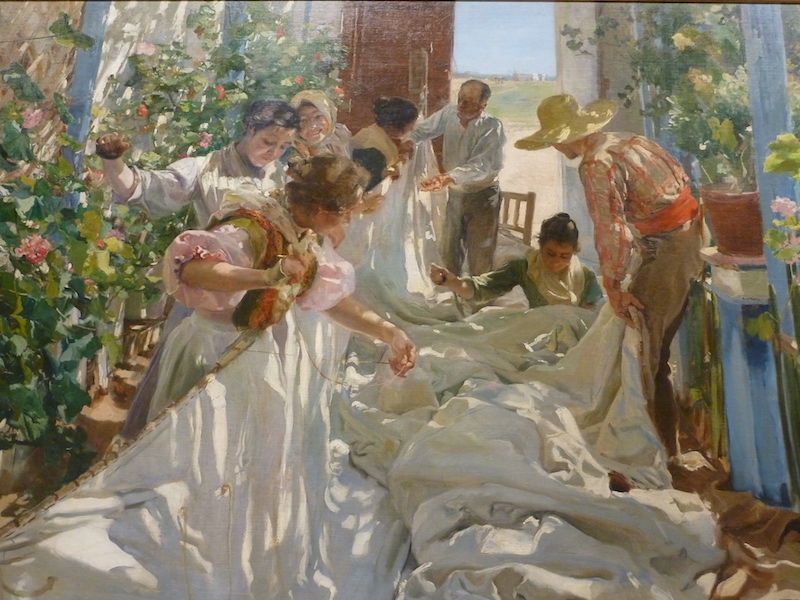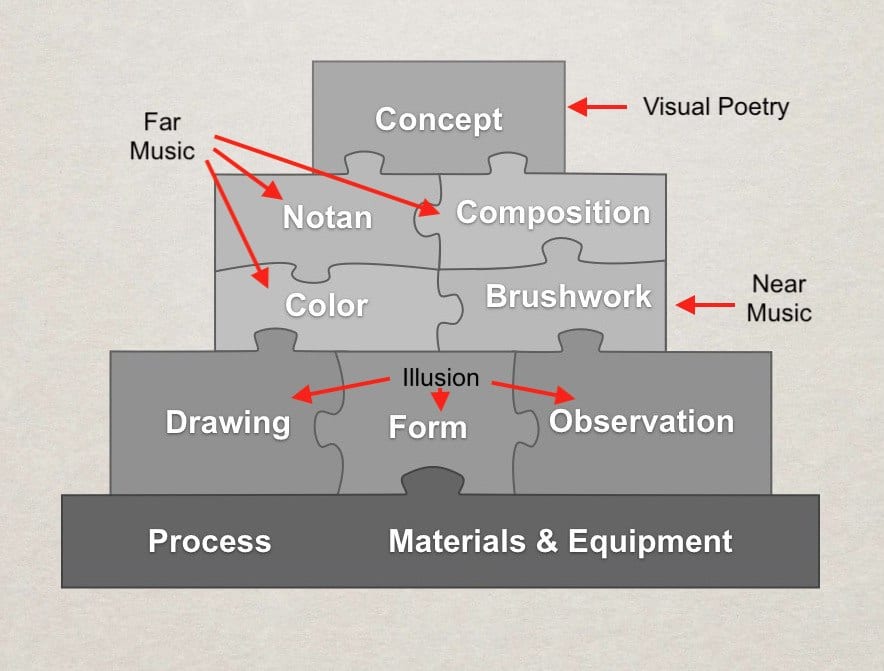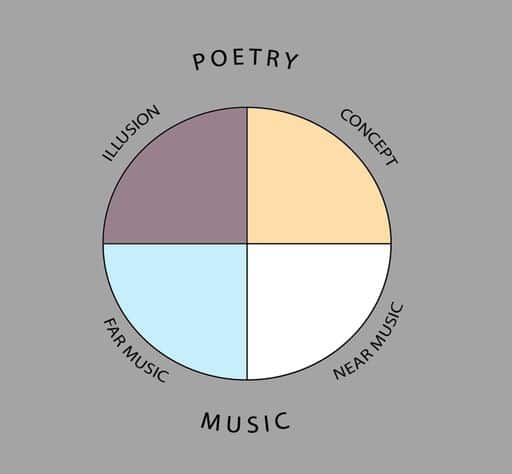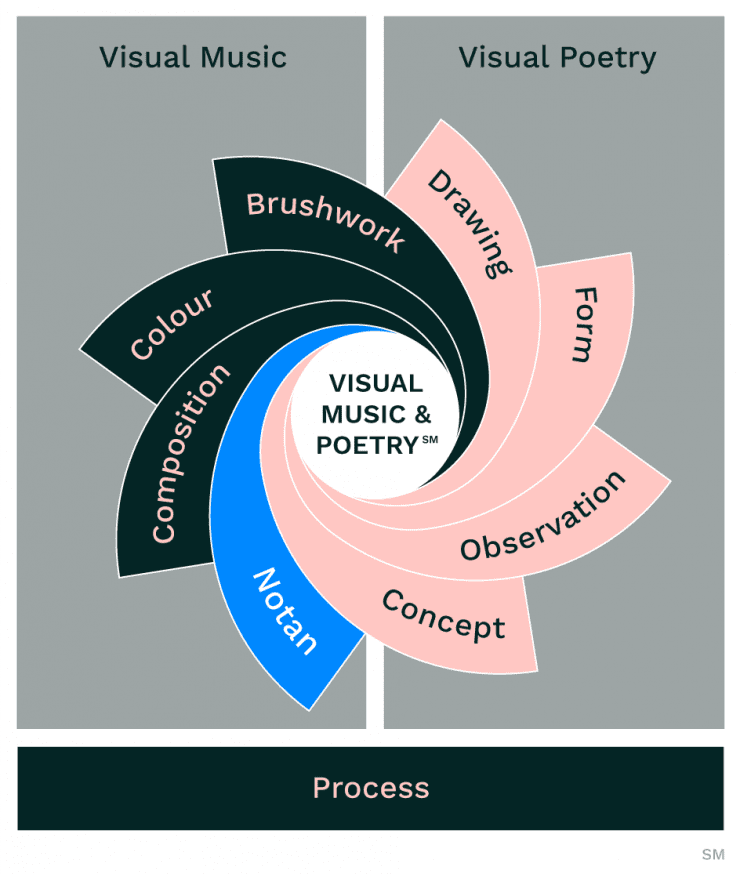(Get free painting tips and plein air painting techniques sent straight to your inbox or on my social media.)
Why is critiquing art important for a painter?
Art criticism has a long history. Critiquing art is the best way to develop as a painter. Once you understand how to critique art and the key factors that master artists apply in their work, you will be able to create great artworks of your own. But critiquing art is a very confusing and often controversial topic. I created a special Visual Music & Poetry® course, to teach a much more objective and simple approach to critiquing art.
The Virtual Art Academy® Program is based around teaching you, in a systematic way, each of the components of this model. By mastering each relatively simple component, you will see your work steadily improve, month by month. This is a much more logical way to approach the task of learning how to paint, compared to trying to learn everything at once by copying a master or instructor painting. Copying other people’s painting without a deep understanding of how and why they work teaches you very little.
How to critique art

Step one to critiquing art is to understand how a painting gives your viewer pleasure or enhances their lives. For the purposes of this discussion I am assuming that these are the criteria by which you can judge the quality of a painting. A master painting will do one or both of these things. There are other potential more personal criteria, for example self expression, but that is not my purpose.
Only when you are clear about these goals can you evaluate a painting for its quality. And only when you can evaluate a painting for its quality can you understand what makes a great work of art, know which artists you can learn the most from, and ultimately improve your own work.
Goals of a painting (or any artwork)
The two key elements that give people pleasure are actually quite simple. These are the goals of your painting.
A painting does two things.
- It communicates at a human emotional level: This is what I call its ‘Visual Poetry’, and
- It gives us pleasure by creating order out of the chaos of nature: and making it interesting to look at. This is what I call its ‘Visual Music’. It is the aesthetic component of the visual experience.
The Visual Music & Poetry® course combines these two ideas in a unique way to help you understand painting better.
The basic model for critiquing art


- Illusion: how well the artist represents something to express the concept of the painting.
- Concept: what the painting is about – its emotional and intellectual content.
- Far Music: the abstract design of the colors and shapes in the painting when viewed from a distance.
- Near Music: the abstract design of the painting when viewed close up.
To Learn More
Read some of my blogs to learn more about Visual Music & Poetry, and learn from some Old Master paintings critiqued using the Visual Music & Poetry model:
- The Secrets The Old Masters Used to Create a Masterpiece
- Concept: Why You Need Both Visual Music and Visual Poetry To Make Your Work Stand Out
- Critiquing Art: Frank Carmichael, Autumn Hillside
- Critiquing Art: William Wendt, Saddleback Mountain Mission Viejo
- Critiquing Art: Fra Filippo Lippi, Madonna with Child and Two Angels
- Critiquing Art: Giovanni Boldini, Pencil Sketches
- Critiquing Art: Daniil Volkov, Sunny Day
- Critiquing Art: Armin Hansen, On the Levee — New Orleans
See art criticism on wikipedia.
Thank You
Thank you for taking the time to read this article. I hope you find it useful. If you would like to get free painting tips by email, please sign up for my free tips newsletter.
If you are interested in a structured approach for learning how to paint, take a look at my online painting classes.
Happy painting!
Barry John Raybould
Virtual Art Academy










Add comment